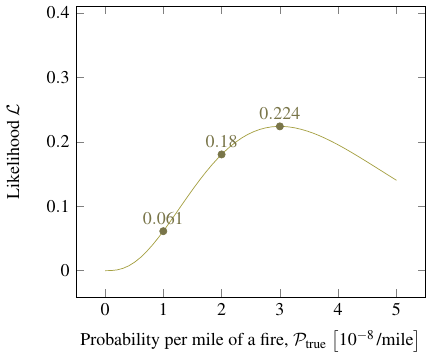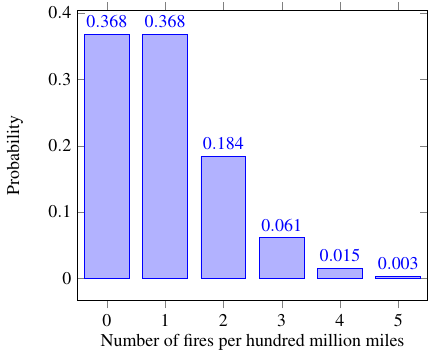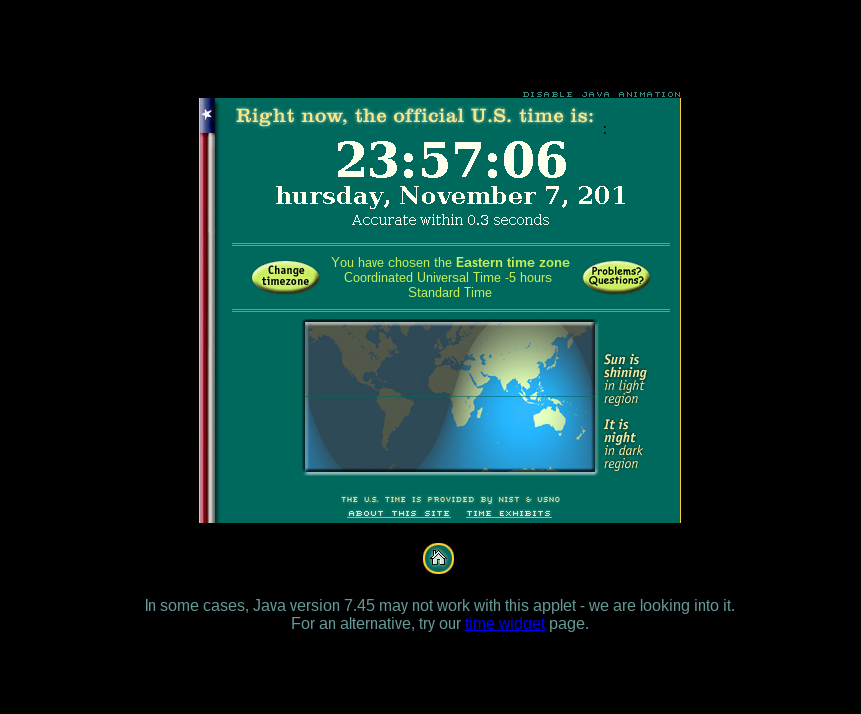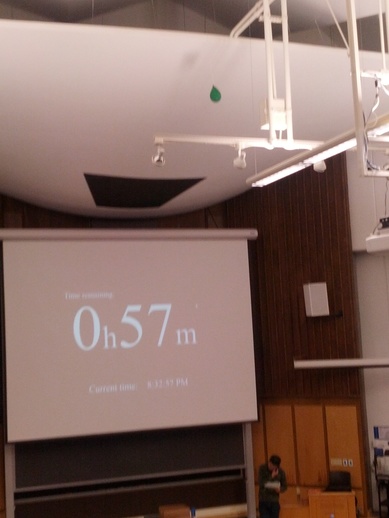No, really. Teslas are safe.
Posted by David Zaslavsky on
Evidently my post from a week ago on the rate of fires in Tesla electric cars compared to gas cars couldn’t have come at a more appropriate time. People are still harping on the recent string of Tesla Model S fires, despite the fact that — as I showed in my last post — there’s no evidence to suggest that the fire risk in a Tesla is any greater than that of a regular car. In fact, if anything it seems to be slightly less.
In my last post I kind of hinted at the fact that the rate of fires isn’t the whole story. Even if a fire does happen, your risk of getting injured or killed is different in a Tesla than a normal car. Something similar goes for other types of accidents. So if you want to tell whether Teslas are safe, what you probably should be looking at is the overall rate of injuries and fatalities for Tesla drivers and passengers, compared to the equivalent for gas cars. And that number tells a very interesting story: Tesla CEO Elon Musk has written a new blog post which emphasizes that not one person has ever been …



